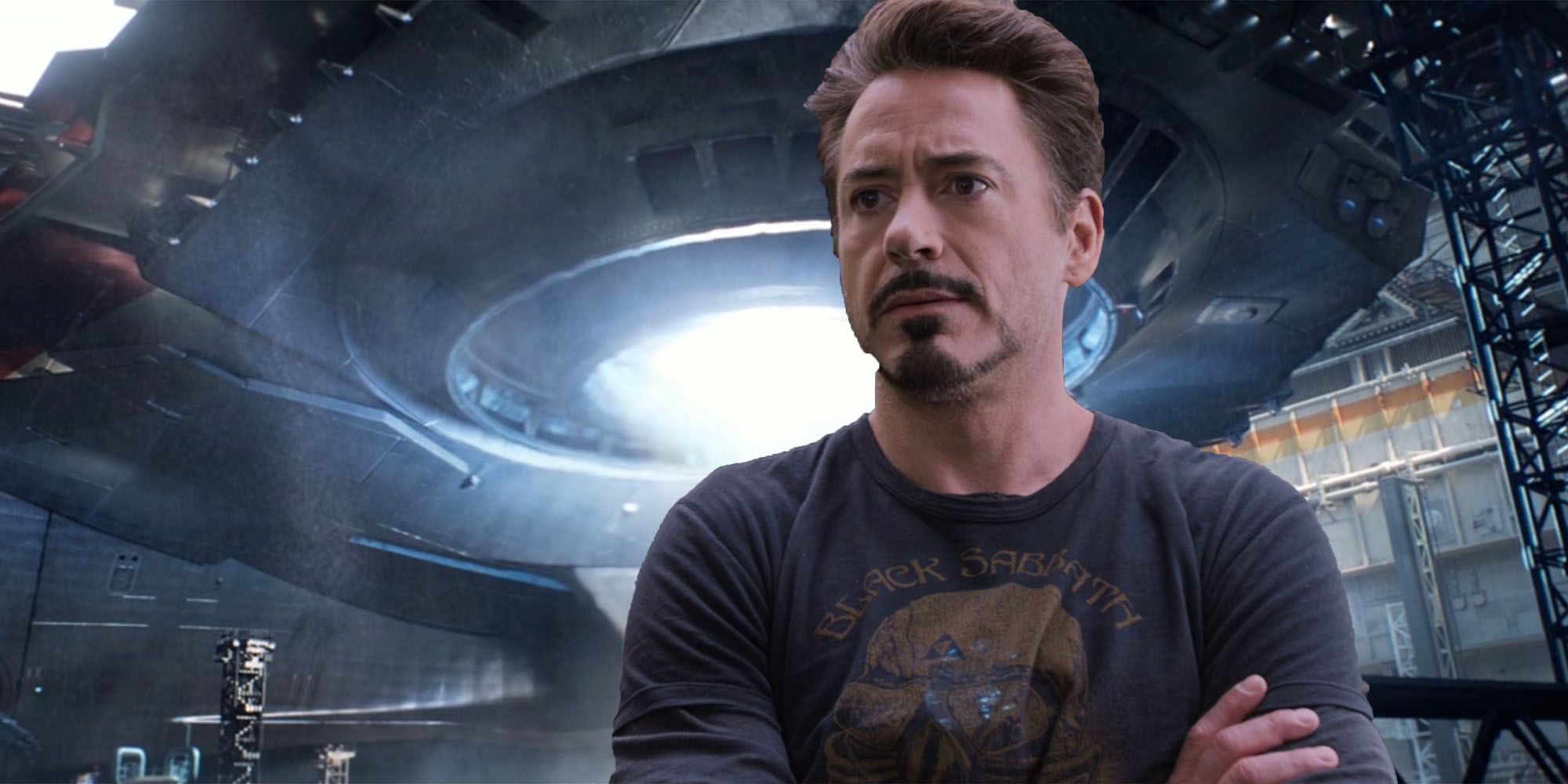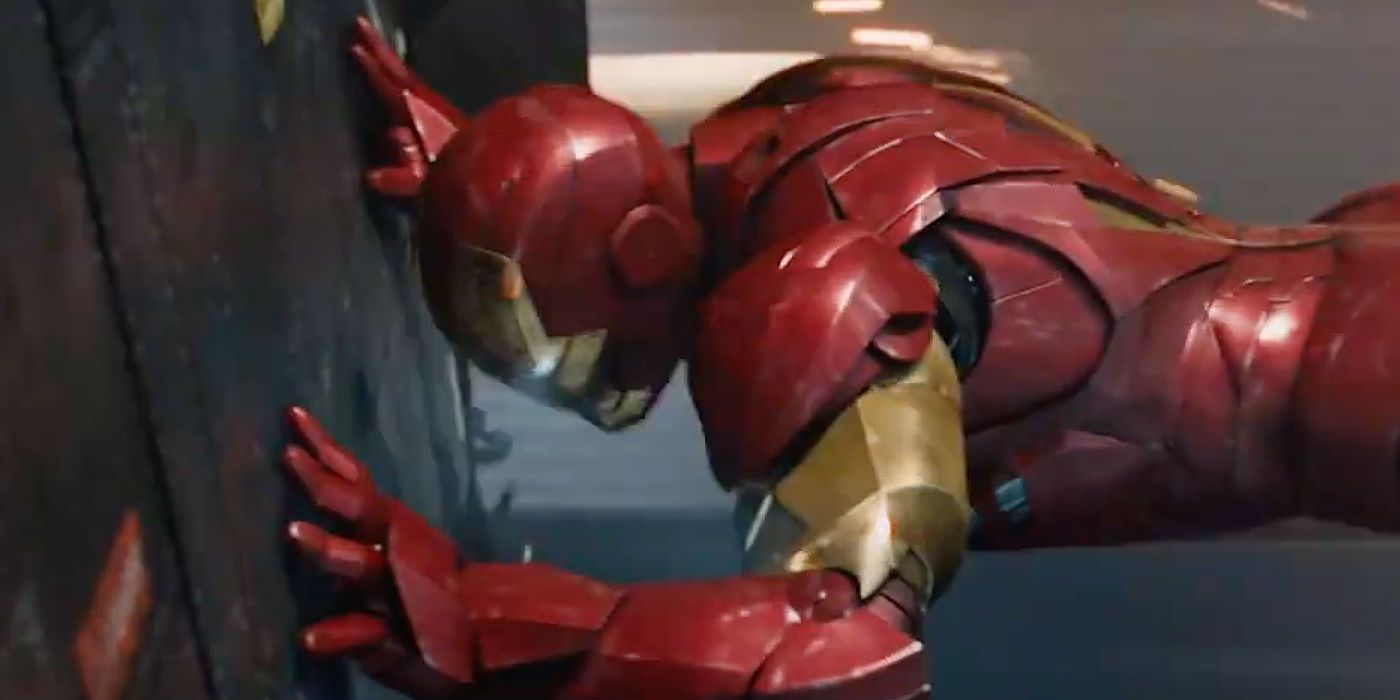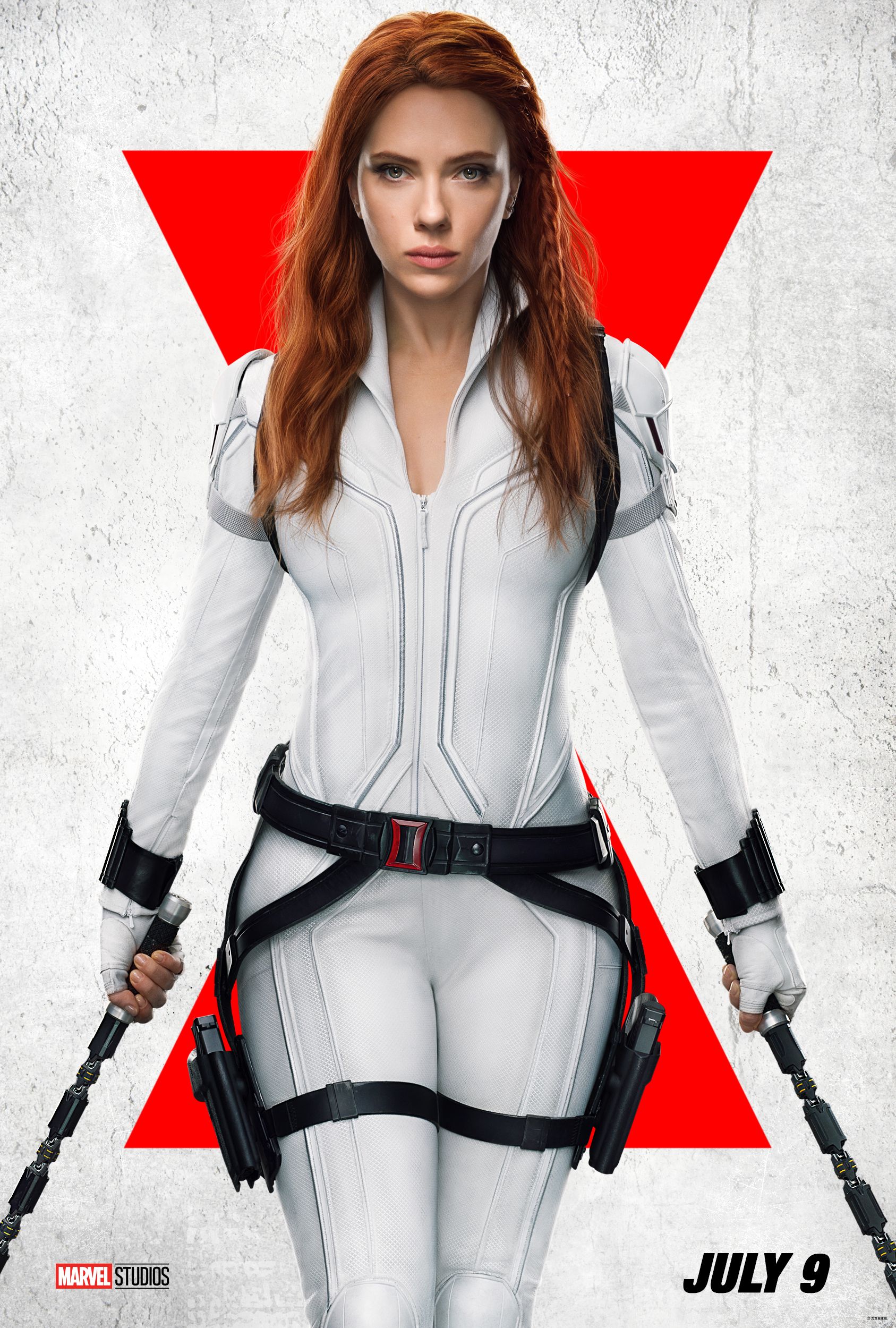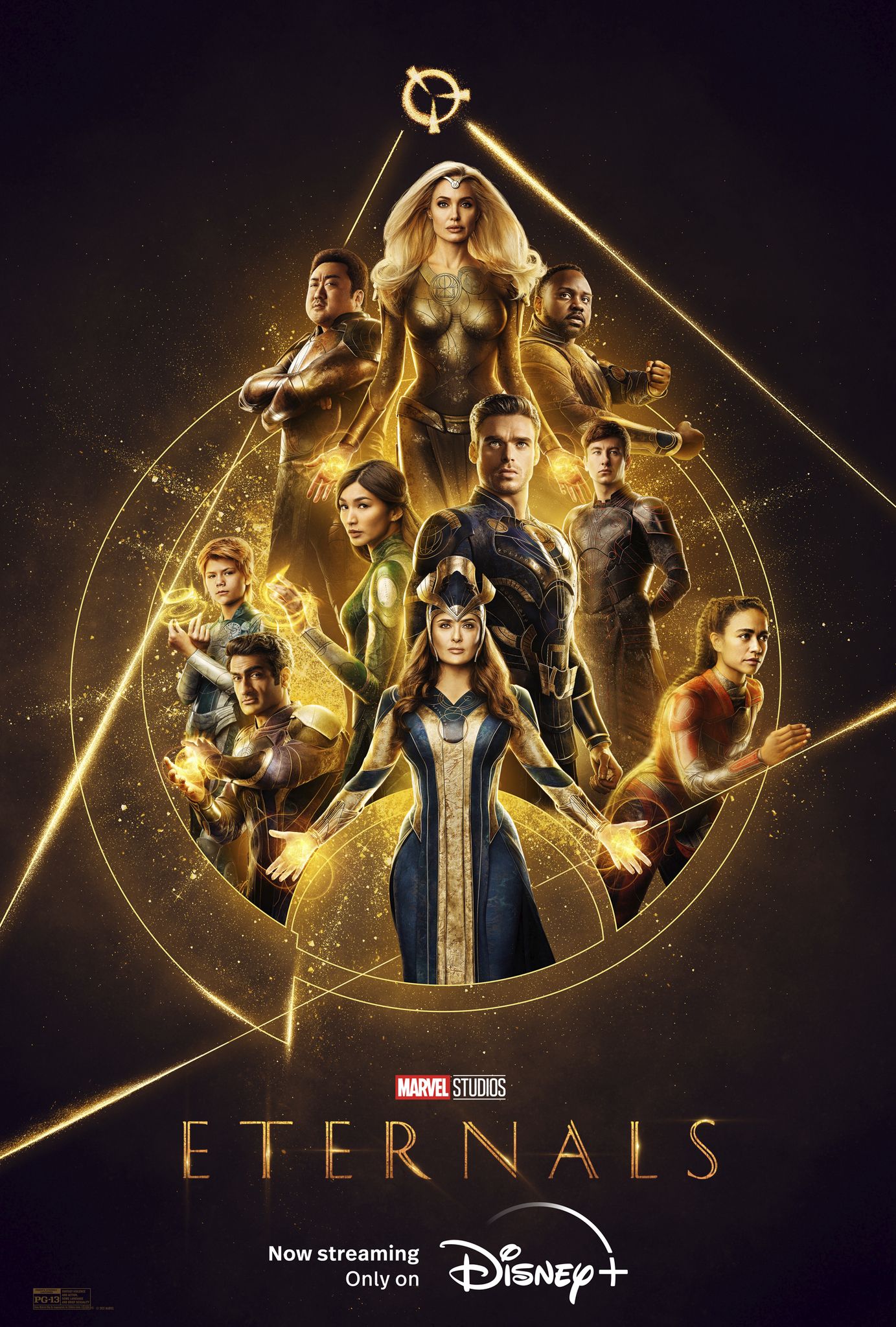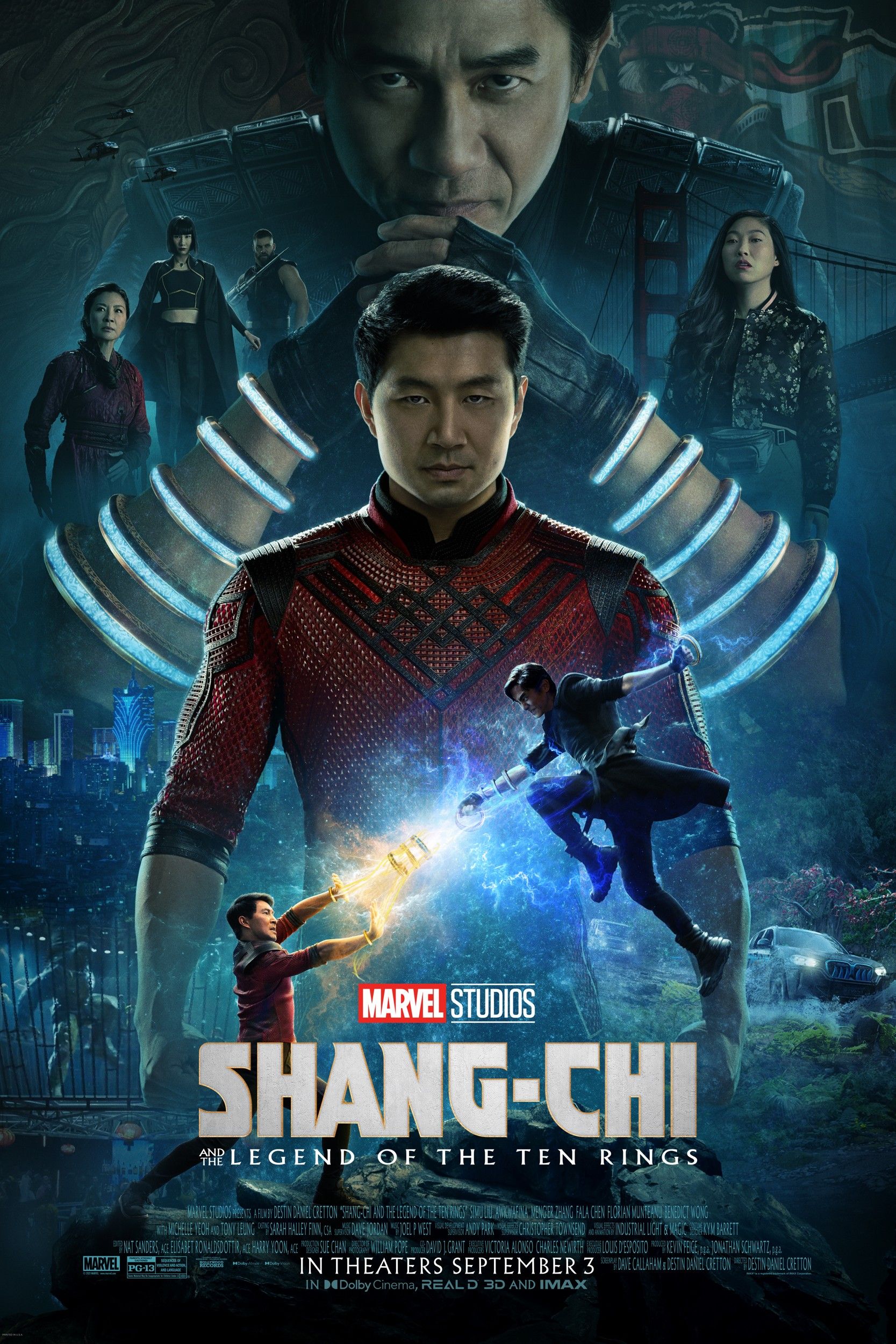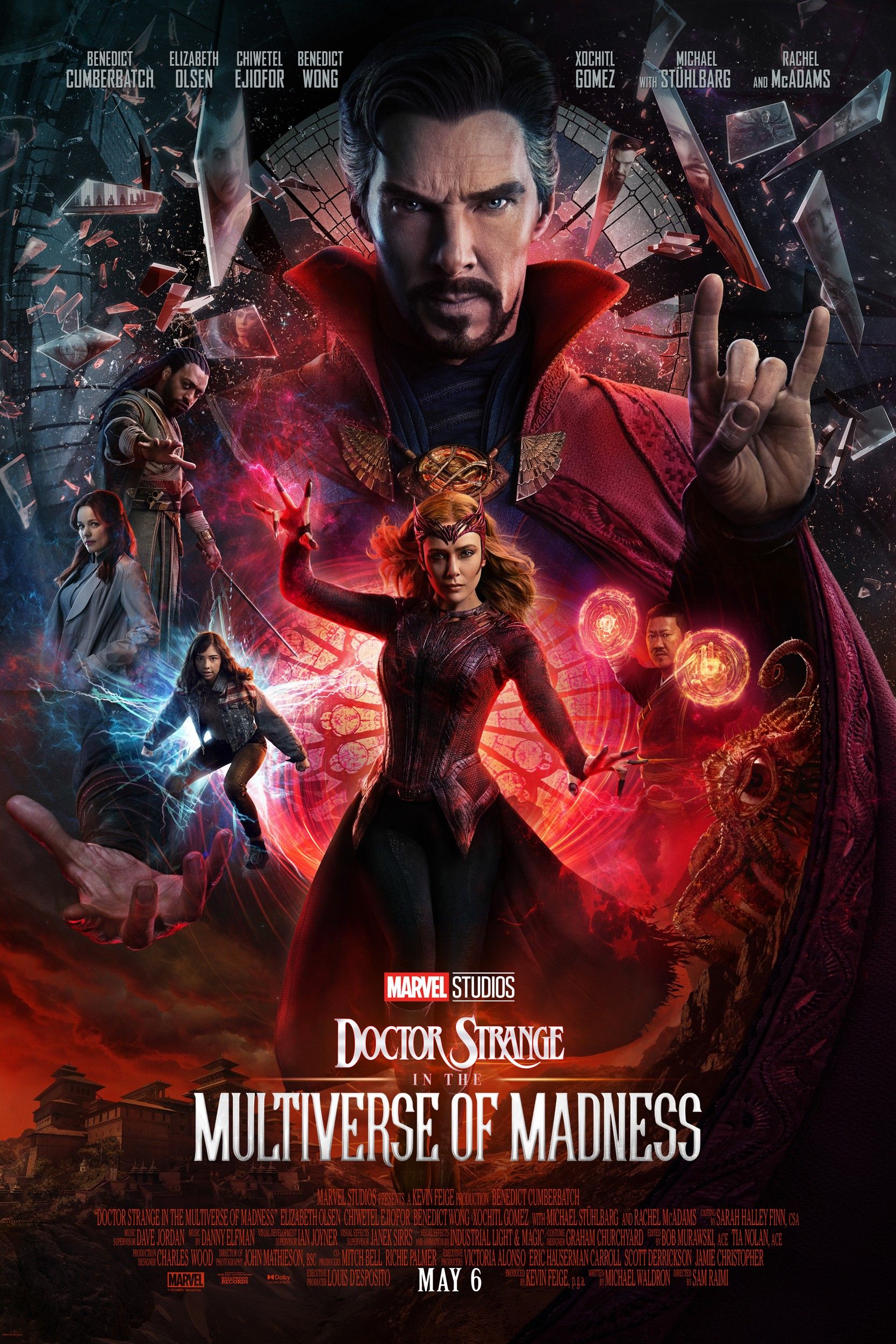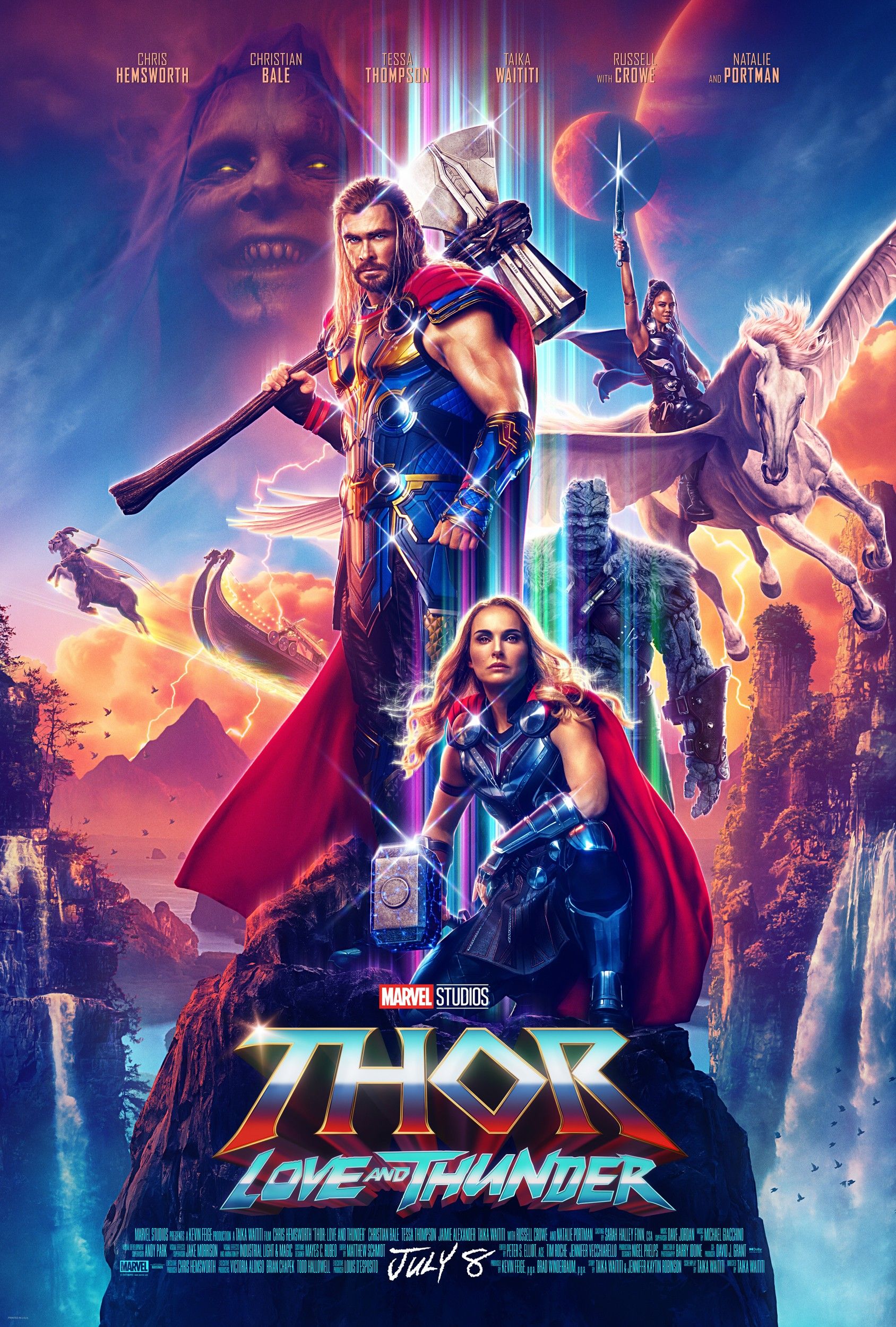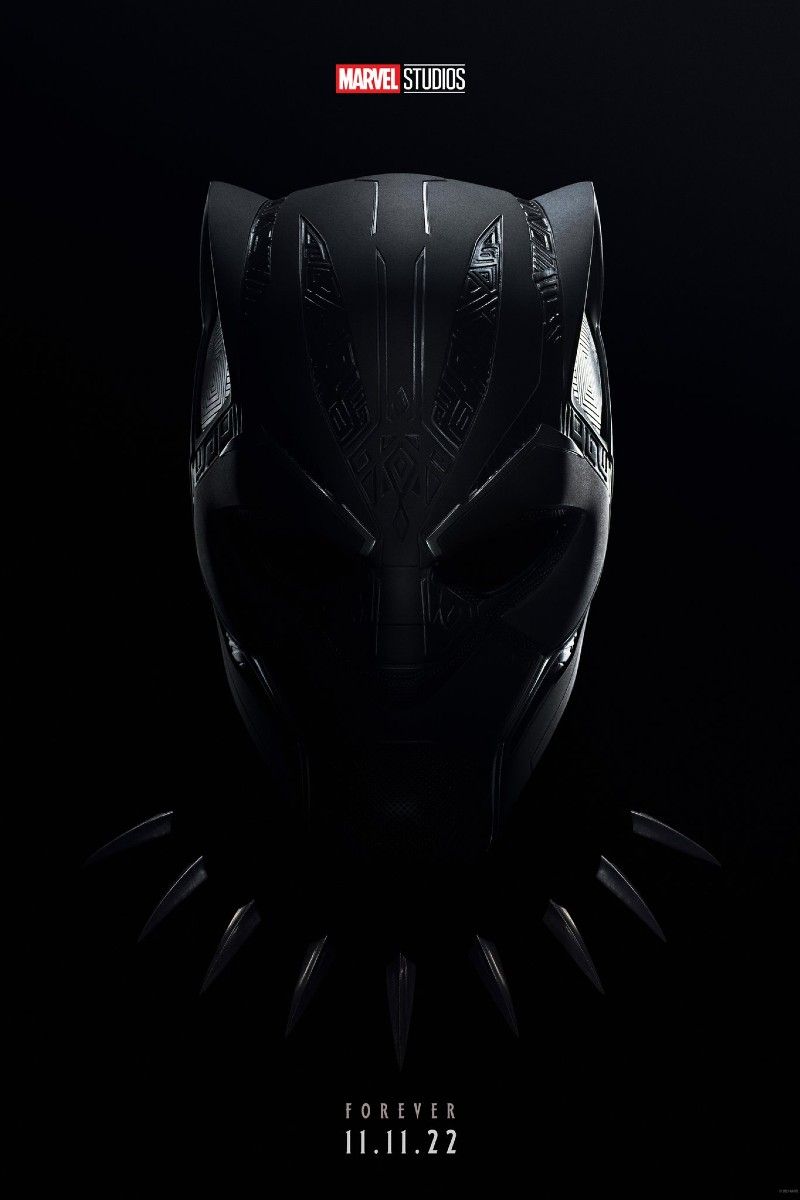Tony Stark's (Robert Downey Jr.) near-death experience in The Avengers resulted in the updated Helicarrier design update in Captain America: The Winter Soldier. The Marvel Cinematic Universe is known for its narrative interconnectivity, and while it's best highlighted in obvious ways, there are small details that ensure the franchise's continuity. That includes a connection between The Avengers and Captain America: The Winter Soldier's Helicarriers.
Released in 2012, The Avengers solidified Kevin Feige's dreams of adapting Marvel comics onto the big screen. As the final film in the franchise's the Phase 1, The Avengers was the first time the original Avengers came together to fight the Thanos-backed Loki (Tom Hiddleston). Two years later, Captain America (Chris Evans) returned to the big screen via the first Joe and Anthony Russo-directed film in the franchise. Dubbed as one of the gold standards of Marvel standalone movies, Captain America: The Winter Soldier significantly changed Steve's viewpoint about authority. Tony wasn't in the sequel, but he was a factor, even in a small way.
In The Winter Soldier, Nick Fury (Samuel L. Jackson) brings Captain America to S.H.I.E.L.D.'s Helicarrier Bay in the Triskelion where he tells him about Project Insight - a secret operation started by the organization following the events of the Battle of New York. This was Fury's way of making sure that they were better equipped in case another attack on Earth takes place. The program involved three heavily armed, satellite-connected Helicarriers, which would automatically target potential threats. Fury further explains that once they got the ships in the air they never need to come down thanks to their new repulsor engines. Steve assumes that it is Tony's design, but Fury replies that he had some suggestions after he got a closer look at their turbines. On closer inspection of the ship, it's noticeable that they switched their old mechanism to one without spinning turbines. The film didn't explain how Tony came up with the design upgrade, but his experience in The Avengers is able to explain this.
In The Avengers, as the mind-tricked Hawkeye (Jeremy Renner) executes Loki's plan by attempting to crash the S.H.I.E.L.D. Helicarrier with all the Avengers still on board, one of the turbine engines gets stuck. The Helicarrier starts to lose altitude, as Iron Man and Captain America team up to get the system restarted. Iron Man gives the rotors a manual push to kickstart them, and Captain America must pull a red lever to give Iron Man an opportunity to escape the turbines' rapid spin so he doesn't get shredded between them. Unfortunately, Captain America is sidetracked fending off several of Loki's soldiers, almost falling off of the Helicarrier, and Iron Man is hammered by the motors after the system successfully restarts, until Steve reaches the lever, allowing his fellow hero to fly out to safely before he gets sliced into pieces. Due to this experience, Iron Man came up with the design update suggestion that will prevent the Helicarrier from getting its turbines stuck again to avoid the peril he faced in The Avengers.
Tony was known for his innovations. He tinkered not just on his suits, but also on his fellow Avengers' costumes and weapons, and most of his updates were inspired by his previous experiences. He outfitted Mark 50, his Iron Man suit in Avengers: Infinity War, with a rocket booster following his first space trip in The Avengers, and he included a parachute to Spider-Man's (Tom Holland) suit in Spider-Man: Homecoming after Rhodey's (Don Cheadle) accident in Captain America: Civil War. Since Tony worked with Fury since they met during the post-credits scene for Iron Man, not to mention the fact that he was a great mechanic, it makes sense that the then-S.H.I.E.L.D. director listened to his recommendations for Project Insight's Helicarriers in Captain America: The Winter Soldier.

